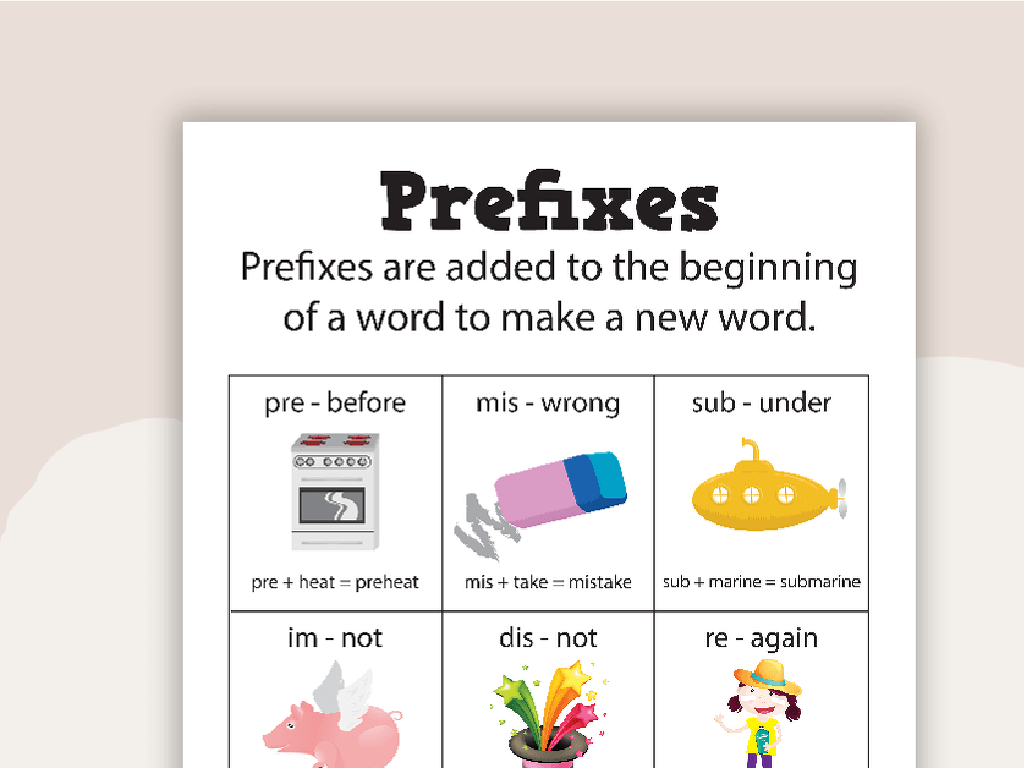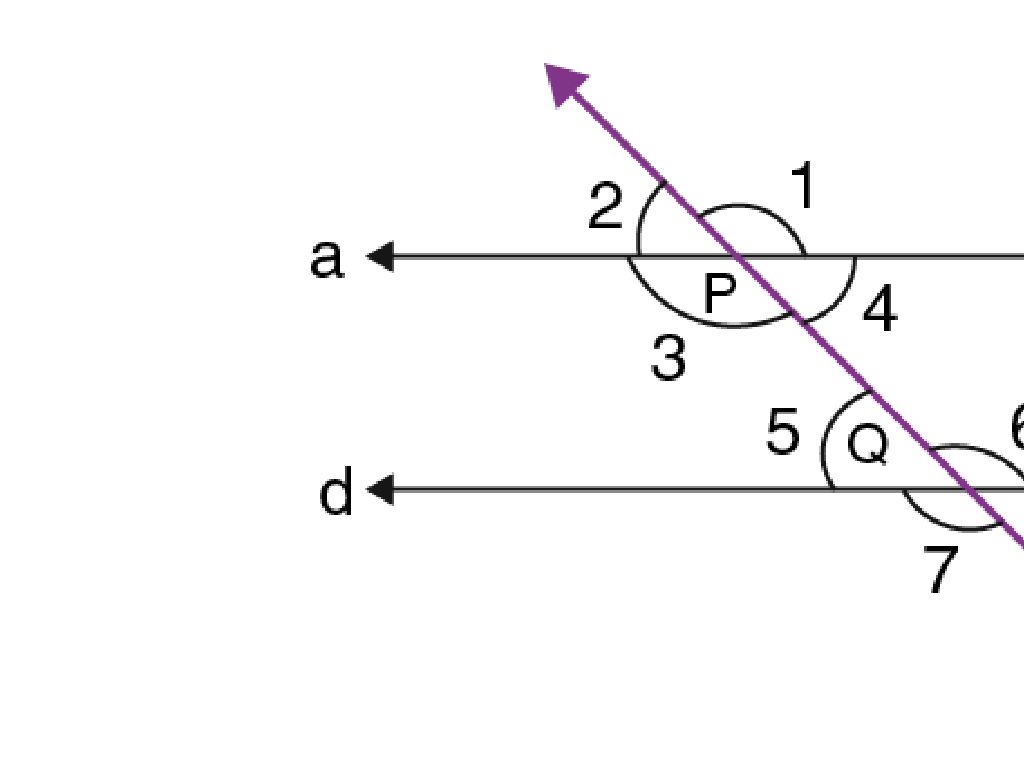Identify And Select Countries Of Africa: Region 3
Subject: Social studies
Grade: Seventh grade
Topic: Africa: Geography
Please LOG IN to download the presentation. Access is available to registered users only.
View More Content
Exploring Africa: Region 3 Geography
– Africa’s diverse landscape
– Africa is not a country, but a continent with various climates and terrains.
– Africa divided into regions
– Regions help us study Africa’s complexity in parts.
– Focus on Region 3
– Region 3 includes countries like Kenya, Tanzania, and Uganda.
– Significance of regional study
|
This slide introduces students to the vast and diverse continent of Africa, emphasizing its division into smaller regions for easier study. Highlight Africa’s variety in terms of climate, culture, and geography to dispel common misconceptions that it’s a homogeneous place. Explain the concept of regions and their use in geography to manage the continent’s complexity. Today’s lesson will focus on Region 3, which includes East African countries known for their unique landscapes and wildlife. Encourage students to think about the importance of understanding Africa’s regional differences in the context of global studies.
Exploring Africa: Region 3
– Defining Region 3 in Africa
– Region 3 includes countries in East Africa
– Countries within Region 3
– Examples: Kenya, Tanzania, Uganda
– Geographical location of Region 3
– Located in the eastern part of Africa, often along the equator
– Physical features and climate
– Varied landscapes from savannas to mountains, with diverse climates
|
This slide aims to introduce students to Region 3 of Africa, focusing on East African countries. It’s essential to help students identify the countries in this region, understand their geographical location, and explore the unique physical features and climate each country possesses. Use maps to show the location and encourage students to note the proximity to the equator, which affects the climate. Discuss the diversity of landscapes, such as the Great Rift Valley, and the variety of climates from tropical to temperate. This will provide a comprehensive overview of Region 3 and set the stage for further exploration of its cultural and ecological diversity.
Exploring Africa: Region 3 Countries
– List Region 3 countries and capitals
– Examples: Nigeria (Abuja), Cameroon (Yaoundé)
– Historical and cultural insights
– Nigeria’s diverse ethnic groups, Cameroon’s music and art
– Comprehend political boundaries
– Borders often follow natural landmarks or colonial lines
– Significance of boundaries in Africa
|
This slide aims to introduce students to the countries of Africa’s Region 3, focusing on their capitals, history, culture, and political boundaries. Start by presenting the list of countries and their capitals to familiarize students with the region’s geography. Then, delve into a brief history and cultural overview of each country, highlighting key aspects such as Nigeria’s ethnic diversity and Cameroon’s rich musical and artistic heritage. Discuss the significance of political boundaries, how they were established, and their impact on the continent’s history and current affairs. Encourage students to explore how these boundaries affect the lives of people living in Region 3. Provide a map for visual aid and consider a class activity where students can research and present on one country from the region.
Exploring Region 3 of Africa: Physical Geography
– Major landforms in Region 3
– Mountains, valleys, and plains define the landscape.
– Key bodies of water
– Rivers and lakes are crucial for communities.
– Impact on local populations
– Landforms and water sources influence settlement patterns and economy.
– Geography’s role in daily life
– Terrain and climate affect transportation, agriculture, and culture.
|
This slide aims to give students an understanding of the physical geography of Africa’s Region 3, which includes the major landforms like mountains and valleys, as well as significant bodies of water such as rivers and lakes. Discuss how these geographical features are vital to the local population for reasons such as agriculture, transportation, and cultural practices. Provide examples of how geography can dictate the daily lives of people living in Region 3, influencing everything from the food they grow to the way they travel. Encourage students to think about how their own lives are affected by the geography around them to draw parallels and deepen understanding.
Climate and Environment in Africa: Region 3
– Region 3’s diverse climate zones
– From arid deserts to lush rainforests
– Climate’s impact on lifestyle
– Climate dictates agriculture, clothing, and housing
– Environmental challenges in Region 3
– Issues like deforestation, drought, and erosion
– Addressing environmental issues
– Conservation efforts and sustainable practices
|
This slide aims to explore the various climate zones within Africa’s Region 3, which include extremes like deserts and rainforests. Emphasize how these climates affect the daily lives of the people, including their farming practices, the types of homes they build, and the clothes they wear. Discuss the environmental challenges these countries face, such as deforestation, drought, and soil erosion, and how they impact the population. Conclude by highlighting the importance of environmental conservation and sustainable practices to mitigate these challenges. Encourage students to think critically about how climate can shape culture and livelihoods, and the role of human activity in environmental change.
Cultural and Human Geography of Africa: Region 3
– Cultural diversity in Region 3
– A mosaic of ethnic groups with unique traditions and customs.
– Languages and religions
– A variety of languages are spoken; Christianity and Islam are predominant.
– Region 3’s economic activities
– Agriculture, mining, and tourism are key economic drivers.
– Natural resources found
– Rich in minerals, fertile lands, and diverse wildlife.
|
This slide aims to give students an overview of the cultural and human geography of Africa’s Region 3. Emphasize the rich tapestry of cultures, each with its own set of traditions and practices, contributing to the region’s diversity. Highlight the linguistic variety and the major religions, noting how these elements shape the region’s identity. Discuss the primary economic activities, such as agriculture, which might include farming of local crops, and mining, which could involve extracting valuable minerals. Point out the natural resources that are abundant in the region, and how they impact both the local and global economy. Encourage students to explore the interplay between these factors and how they contribute to the region’s unique character.
Class Activity: Exploring Africa’s Region 3
– Label Region 3 countries on a map
– Mark capitals, landforms, and waters
– Discuss geography’s influence on life
– Compare how physical geography affects culture, economy, and daily life in two countries
– Share findings with the class
|
This activity is designed to help students engage with the geography of Africa’s Region 3 by identifying and labeling the countries, their capitals, major landforms, and bodies of water. Provide students with blank maps and a list of the countries in Region 3. Encourage them to research and mark important geographical features. Then, have them discuss with a partner how these features might influence the lifestyle, culture, and economy of two different countries within the region. Possible activities: 1) Research and presentation on a specific country’s geography, 2) Comparative analysis of two countries’ geographical features, 3) Creative storytelling from the perspective of someone living in a Region 3 country, 4) Designing a travel brochure highlighting geographical features, 5) A quiz game to test knowledge of Region 3 geography.
Conclusion: Africa’s Region 3 Overview
– Recap of Region 3’s geography
– Reviewed key physical features and countries in Africa’s Region 3.
– Geography’s impact on culture
– How mountains, rivers, and climate affect traditions and lifestyles.
– Daily life influenced by location
– Consider how terrain and resources shape jobs, housing, and food.
– Questions for next class
– Think of what you’re curious about regarding Region 3’s culture or environment.
|
This slide aims to summarize the main points discussed about Region 3 in Africa, emphasizing the connection between geography and cultural practices. Encourage students to reflect on how the physical environment, such as the presence of natural resources or the climate, can influence the daily lives of people living in this region. Prompt them to consider how geography might affect employment, housing, and cuisine. Ask students to prepare questions they may have about the region’s geography or culture for a more in-depth discussion in the next class. This reflection will help solidify their understanding and pique their interest for further learning.





